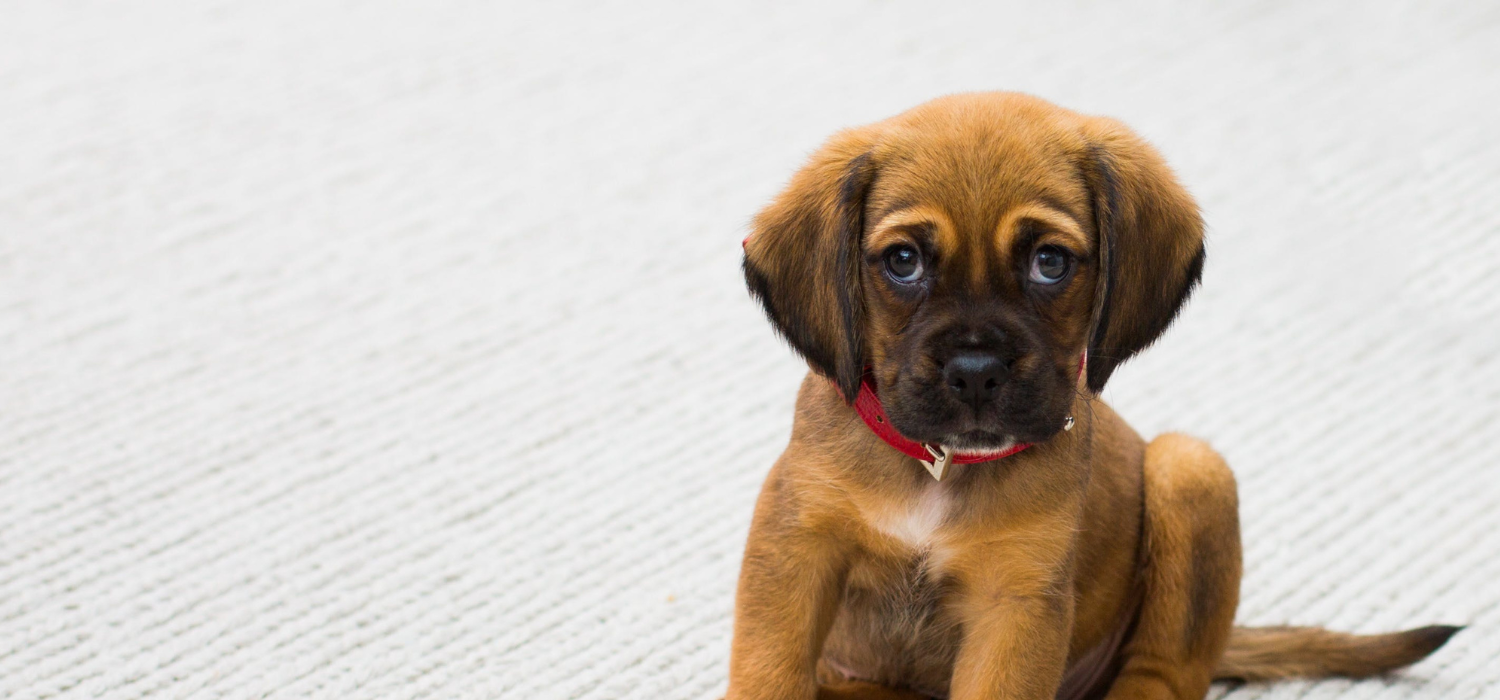My Dog Drags
His Back Paws Damaging His Claws and Nails. What Should I Do?

You might have noticed your puppy showing signs of one or both front paws knuckling or curling over.
Puppies can develop knuckling in their front legs, where their paw pads don't fully touch the floor or their paws curl or their legs bend. Puppies can knuckle in their front legs or their back legs but this page will discuss front paw knuckling.

Your puppy's legs might weave or be unsteady when they walk. This is usually because their paw pad is not flat on the floor. Look out for this symptom and feel free to send us a video if you would like us to double-check for you.
The first step is to get your vet to confirm the knuckling diagnosis.
It is strongly suggested you read further into paw knuckling in case your puppy continues to show signs into adulthood. Read about paw knuckling here.
All breeds can get knuckling in the puppy stage, but it is most often seen on the large breeds, potentially linked to fast growing puppies.
While the cause of knuckling is not known, it may be related to:
Some puppies will grow out of knuckling, some will need supportive care and some will have it their whole lives. Puppy knuckling treatment can take a few different options.
Managed correctly, your puppy will walk normally with the help of an aid, boot or brace.
His Back Paws Damaging His Claws and Nails. What Should I Do?
Is Knuckling and Curling Over. What Should I Do?
Of Paw Knuckling and Curling. What Should I Do?
Has Started To Drag and Knuckle Their Back Paws. What Should I Do?
My Dog Has Started To Drag and Knuckle Their Back Paws. What Should I Do?
My Dog has Started To Drag and Knuckle Their Back Paws. What Should I Do?
Our Beloved Dog is Dragging Her Front Paw and Damaging Her Skin. What Should I Do?
My Dog Has Bad Arthritis. Would a Dog Wheelchair Help?
My Dog is Recovering from Surgery and Drags His Back Paw and Leg. What Should I Do?
Or Help Your Dog With Knuckling

We can help find the right solution for your dog
Feel free to give us a call on 01730 622544
or email us at woof@zoomadog.co.uk